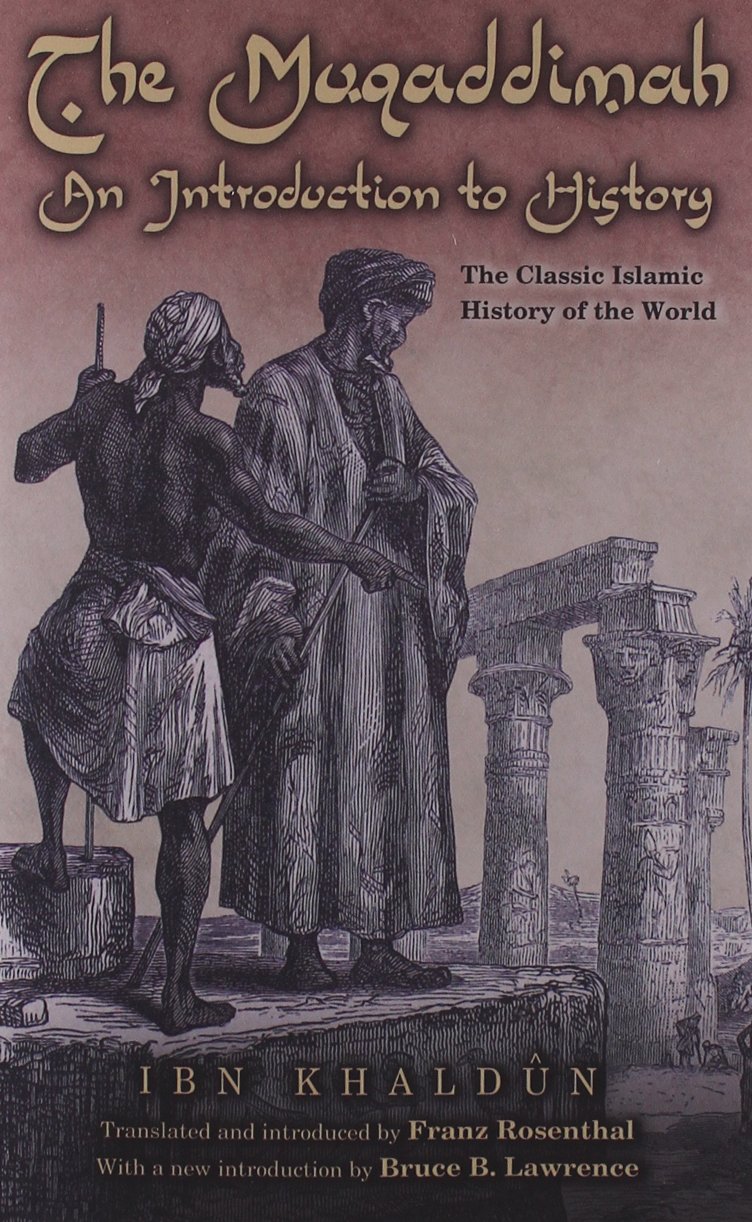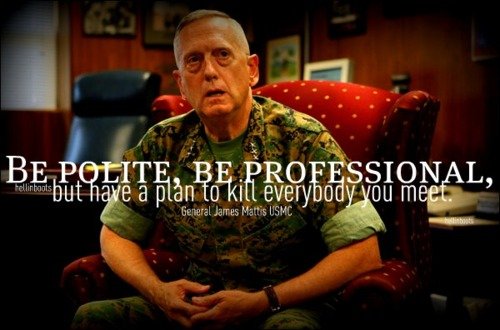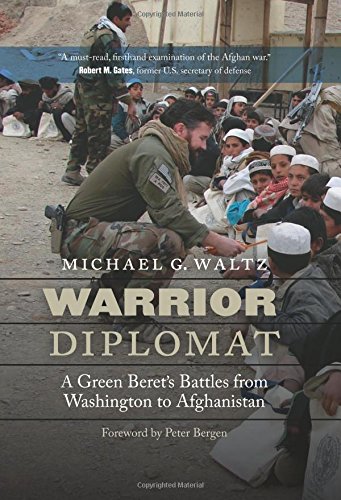ISIS: Paganism with an Islamic Face?
Wednesday, October 7th, 2015[by Mark Safranski, a.k.a “zen“]
“And thou shalt not let any of thy seed pass through the fire to Moloch, neither shalt thou profane the name of thy God: I am the LORD.”
“They rejected the commandments of the Lord … and served Baal. They consigned their sons and daughters to the fire”
“And do not kill your children for fear of poverty. We provide for them and for you. Indeed, their killing is ever a great sin”

In a recent comment section conversation with Charles Cameron and RAND scholar David Ronfeldt on the character of Fascism and its resurgence, I remarked that ISIS adopting a Fascist style in its propaganda and governance may be drawing upon a ghastly and ancient lineage:
ISIS is really embracing Fascism. It’s ceremonial public executions actually supercede what the Nazis and Fascists did only symbolically with blood flags and heroic cenotaphs and so on. It is reaching back to something very dark and protean, human sacrifice, as a political symbol. I think [ Moshe] Halbertal’s book On Sacrifice, is a useful reference here on how deep this goes culturally, to the bronze age or earlier.
ISIS has for some time been making quite a perverse spectacle of its executions of prisoners, combatant and non-combatant alike, releasing videos to international fanfare and glorying in the resultant horror and global infamy. The precedent for this macabre “propaganda of the deed“was initially set by the forefather of ISIS, the Jordanian jailbird upjumped to “terrorist mastermind”, the late Abu Musab al-Zarqawi, who originally led al Qaida in Iraq during the American occupation of Iraq. Prior to expiring after U.S. forces dropped a 500 lb bomb on his head, al-Zarqawi pioneered the use of beheading videos, usually featuring himself being filmed incompetently and gruesomely sawing off an orange jumpsuit-clad captive’s head with a large knife, blood spraying everywhere.
Zarqawi’s ghoulish innovation in terrorist messaging admittedly held a certain fascination for the psychopathic segment of Sunni Islamist extremists and it attracted foreign fighters of this nature to Iraq who in turn lionized Zarqawi as “the Sheikh of Slaughterers”; but the beheading videos also generally horrified public opinion in the Muslim world and repelled even hardened jihadis, earning Zarqawi a rebuke from al Qaida number two, Ayman al-Zawahiri:
….Among the things which the feelings of the Muslim populace who love and support you will never find palatable – also- are the scenes of slaughtering the hostages. You shouldn’t be deceived by the praise of some of the zealous young men and their description of you as the shaykh of the slaughterers, etc. They do not express the general view of the admirer and the supporter of the resistance in Iraq, and of you in particular by the favor and blessing of God.
….However, despite all of this, I say to you: that we are in a battle, and that more than half of this battle is taking place in the battlefield of the media. And that we are in a media battle in a race for the hearts and minds of our Umma. And that however far our capabilities reach, they will never be equal to one thousandth of the capabilities of the kingdom of Satan that is waging war on us. And we can kill the captives by bullet. That would achieve that which is sought after without exposing ourselves to the questions and answering to doubts. We don’t need this.
Zarqawi’s Iraqi bloodlust ended only because it was interrupted by the American military, but the leaders of ISIS have carried on. Far from accepting Zawahiri’s advice, they have doubled down, greatly upgrading the marketing of ritualistic murder from Zarqawi’s crude snuff films to slick videos with professional editing and high production values that have become central to the online “brand” of the ISIS “caliphate”. Like the hosts of a sinister game show, ISIS spokesmen have found the time to murder creatively in order to keep their audience of Islamist terrorist wannabes in the West tuned in and captivate the attention of the global media (though sometimes, things do not work out as planned).


However effective this circus of horrors has been at daunting their enemies and attracting the allegiance of “zealous young men” to ISIS, it reveals an atavistic impulse at play that no amount of Quranic hand-waving can paper over and conceal. Jurisprudence is absent here; not even the grim and rough Islamic “justice” of the Taliban is given to prisoners of ISIS, which violates the customary protections given under Islamic law or historical Muslim judicial practices. These choreographed and sensationalized executions by ISIS are really a cryptic revival of the ancient and terrible practice of human sacrifice, that in most cultures and religions had long been replaced by symbolic ritual, but once reigned supreme during the Bronze Age, not least in ancient Iraq, which if new findings are to be believed was like Aztec Mexico, a charnel-house of slaughter.
Originating in the Stone Age, human sacrifice in the religious sense of an offering to the gods or God, lasted a surprisingly long time. Setting aside the pre–Columbian cultures of the New World, the ancient Romans, for example, did not formally outlaw human sacrifice until the first century BC, though the practice had become archaic and Rome vigorously sought to stamp it out among the Gauls and Britons, among whom human sacrifice was an accepted part of Druidic religion. Nor was human sacifice entirely unknown among the ancient Greeks of the classical period while child sacrifice was probably central to Carthaginian state rites to such a degree that other peoples of the time, including the Romans, found abhorrent.
What occurred in many cases is that as civilizations evolved in social complexity, substitutionary practices for human sacrifice developed that served the same impulse, to propitiate and honor their God(s) and create powerful emotional bonds among the participants: animal sacrifice, burial ceremonies, mysteries, religious ritual, necromancy, symbolism in theater and political matters of state religion. The Biblical tale of Abraham and Isaac is itself a scriptural admonition to the ancient Hebrews to adopt animal sacrifice as most pleasing to God, a practice the Israelites and Jews of the classical period continued until the destruction of the second temple by the Roman general Titus. From that point on, from the close of the first century AD, Jews and the early, still Judaic, Christians moved away from the practice of animal sacrifice and substituted prayer and theology of salvation, respectively. Sacrifice, especially human sacrifice, became a distinguishing mark of paganism and the subject of Christian crusades in the middle-ages, like the brutal war waged by the Teutonic Knights against the human sacrificing Old Prussians and Lithuanian barbarian tribes.

The end of late medieval European religious warfare and the rise of the Westphalian system after the Thirty Year’s War slowly shifted the symbolic moral center of sacrifice from God to the State, with divine right monarchy serving as a waystation for the incubation of modern nationalism. There was an epistemic shift, as Halbertal argues in On Sacrifice from a sacred and mystical “sacrificing to” the sovereign God borrowed from the examples of Jewish martyrdom by early Christians who shared in the Romans the same persecutors. This shift opened the gates of permissible sacrifices, legitimating a new secular and political “sacrificing for” the glory of the State.
It is a profound difference but occurring within the same phenomena, as illustrated by two quotes:
…And it came to pass after these things, that God did tempt Abraham, and said unto him, Abraham: and he said, Behold, here I am.
And the Lord said, Take now thy son, thine only son Isaac, whom thou lovest, and get thee into the land of Moriah; and offer him there for a burnt offering upon one of the mountains which I will tell thee of.
– Genesis 22:2
And:
….But, in a larger sense, we can not dedicate – we can not consecrate – we can not hallow, this ground – The brave men, living and dead, who struggled here, have hallowed it, far above our poor power to add or detract. The world will little note, nor long remember what we say here; while it can never forget what they did here.
It is rather for us, the living, we here be dedicated to the great task remaining before us – that, from these honored dead we take increased devotion to that cause for which they here, gave the last full measure of devotion – that we here highly resolve these dead shall not have died in vain; that the nation, shall have a new birth of freedom, and that government of the people, by the people, for the people, shall not perish from the earth.
– Abraham Lincoln
Gettysburg and Antietam were not Mount Moriah. Neither were the Somme or Stalingrad the same as the Tophet. From time of the Patriarch Abraham to the presidency of Abraham Lincoln, nations of men ceased to sacrifice usually helpless others but moved to sacrifice themselves in what they reckoned as the highest cause. Movement away from human sacrifice as practiced by ancient Carthaginian or animal sacrifice as practiced by most peoples of antiquity, including the Jews, to gentler substitutionary practices, Moshe Halbertal has called the “cataclysmic shift” in the history of civilization.
If so, it is a shift that ISIS has begun to reverse.
In their outstanding ISIS: The State of Terror, counterterrorism scholars Jessica Stern and J.M. Berger analyze the dark obsession ISIS has demonstrated in its propaganda messaging with exquisitely orchestrated executions:
….As we have noted, ISIS’s psychological warfare is directed at its potential victims. But it is also directed at those it aims to control. It is deliberately attempting to blunt its follower’s empathy by forcing them to participate in or observe acts of brutality. Over time, this can lead to secondary psychopathy, or a desire to harm others, and contagion of violence. Beheadings are one such tool for blunting empathy.
Berger and Stern are likely correct that the methodical character of ISIS demonstrations of brutality are intended to desensitize the participants and (as they further explained) a tendency to cultivate secondary psychopathology in ISIS recruits, especially the young. A similar process occurred during the Holocaust with Nazi Einsatzgruppen and reserve unit police battalions detailed to assist the SS mobile killing squads on the Eastern front. Many serving in these units, already fanatical National Socialists, became inured to the suffering of women, children and the old who were shot and dumped still alive into mass graves, though some SS men showed signs of PTSD, depression and higher rates of severe alcoholism, desertion and suicide.
The comparison between the genocidal cruelty of the SS and ISIS, while natural, is limited by a very important distinction. However zealous their ideological fanaticism and dedicated in their murderous mission to exterminate European Jewry, the SS lacked the context of moral certainty and the psychological reinforcement effects of religious exaltation enjoyed by ISIS killers. Even the malevolent Heinrich Himmler, in his secret speech to Nazi gauleiters and SS leaders, regarded the Final Solution as a terrible burden that the SS shouldered on behalf of the Fuhrer to assure Germany’s future; a “glorious” crime that Himmler believed must be kept forever hidden from history and the German people.
Not so ISIS, which revels in its bloody terror. Worse, the repetition of garish executions as public celebrations by ISIS, with a vague but constant religious context, devoid of any shred of Islamic legality, inevitably acquire over time the theological characteristics of Halbertal’s “sacrificing to” – what began as harsh jihadi jurisprudence and psychological warfare mutated under conditions of lazy, sociopathic brutality and totemic invocations of Islam into ritual “offering” by ISIS of its prisoners of war as human sacrifices in the manner of the ancient pagans. A perverse blasphemy, but one that draws on a powerful archetype deeply buried in the human psyche.
ISIS leaders have not only looked into the Abyss, they have descended into and become one with it.







